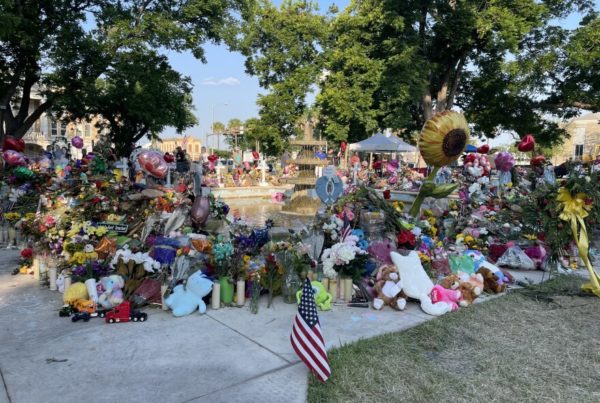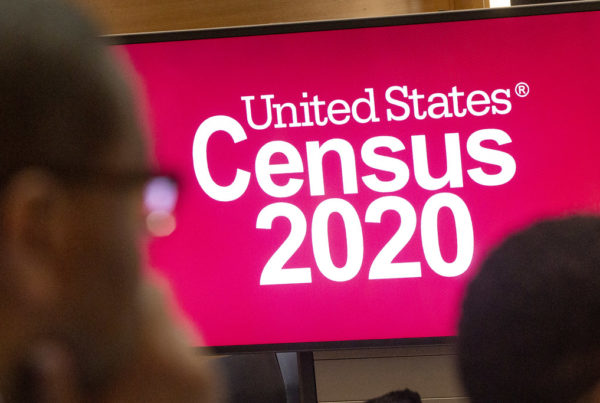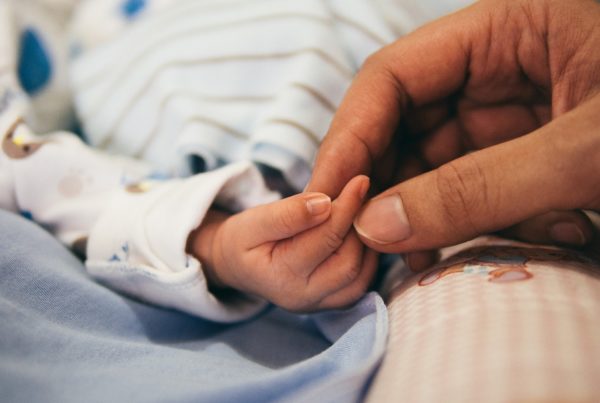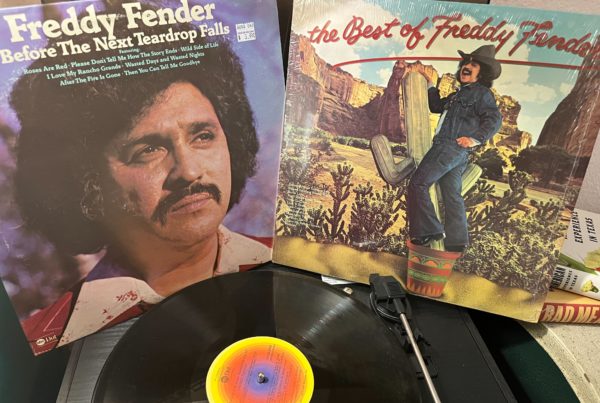As the narrative of what exactly happened on the day a gunman shot and killed 19 students and two teachers at a elementary school in Uvalde becomes more shrouded in confusion, questions have also been raised about why Pete Arredondo, chief of the Uvalde CISD Police Department, was in charge of the response to the mass shooting.
St. John Barned-Smith, who covers public safety for the Houston Chronicle, said that multiple local, state and federal law enforcement agencies responded to the scene at Robb Elementary School, but all were apparently brought to a standstill by Arredondo, who was the incident commander on scene and has been criticized for his decision to delay officers’ entry to the classroom.
“For a lot of people, it’s a little confusing as why would you have this tiny school police department coordinating this response when you have one of the most gruesome tragedies in Texas in years,” Barned-Smith said.
The initial response was a matter of jurisdiction, he said: School police were the first to arrive, followed by city police, DPS and then Border Patrol’s elite tactical squad, which finally demanded permission to enter and breached the classroom door, killing the 18-year-old gunman – but at least 40 minutes had passed at that point.
“I talked with some law enforcement sources of mine and they said, you know, people think about these police procedurals that they watch and FBI shows up and suddenly they’re in charge and they take over. But that’s not how it works in the real world,” Barned-Smith said. “This shooting takes place in the school district: So the first people on scene and the people that have jurisdiction are the school department – the Uvalde CISD police. And so you have the highest ranking member of that department [Arredondo] who then becomes the ‘incident commander.'”
Barned-Smith said that an incident commander can transfer command to another department, or choose to set up a unified command alongside others, but there’s no clear protocol for another agency to come in and fully take over on its own.
“I think that’s what a lot of people are confused about,” he said. “If kids were calling for help for 40 minutes, or however many minutes actually it was from the time that they arrived to the time they breached, there was not a mechanism for someone to to say, ‘You’re not getting the job done. We’re going to take over from here.'”
However, late Thursday afternoon, Democratic State Sen. Roland Gutierrez revealed that Arredondo had not been relayed information about 911 calls being made from the school as the massacre unfolded.
That “raises a whole host of additional questions,” Barned-Smith said. “Most principally, why the hell not? Apparently, Uvalde city police were getting these 911 calls and somehow those weren’t relayed to the people on the ground, which is just mystifying.”
That news on the 911 calls was the latest release of information in a continually shifting narrative on law enforcement’s response to the shooting amid a demand for answers from Uvalde residents, the media, state lawmakers and others.
“I don’t think anyone would debate we now live in a world where everyone wants the information right now. [But] I have a hard time reconciling that with the contradictory tales that law enforcement told at the beginning,” Barned-Smith said. “I think the the obvious question that you would have heard if you were at some of these press conferences is why did it take so long to go in? Did they not know? I don’t know how you don’t have an answer ready to say, you know, despite the fact that they were calling 911, these calls were for some reason not relayed to the incident commander. I mean, 19 kids are dead; it seems like it would behoove law enforcement to be grabbing this information as quickly and accurately as humanly possible.”













